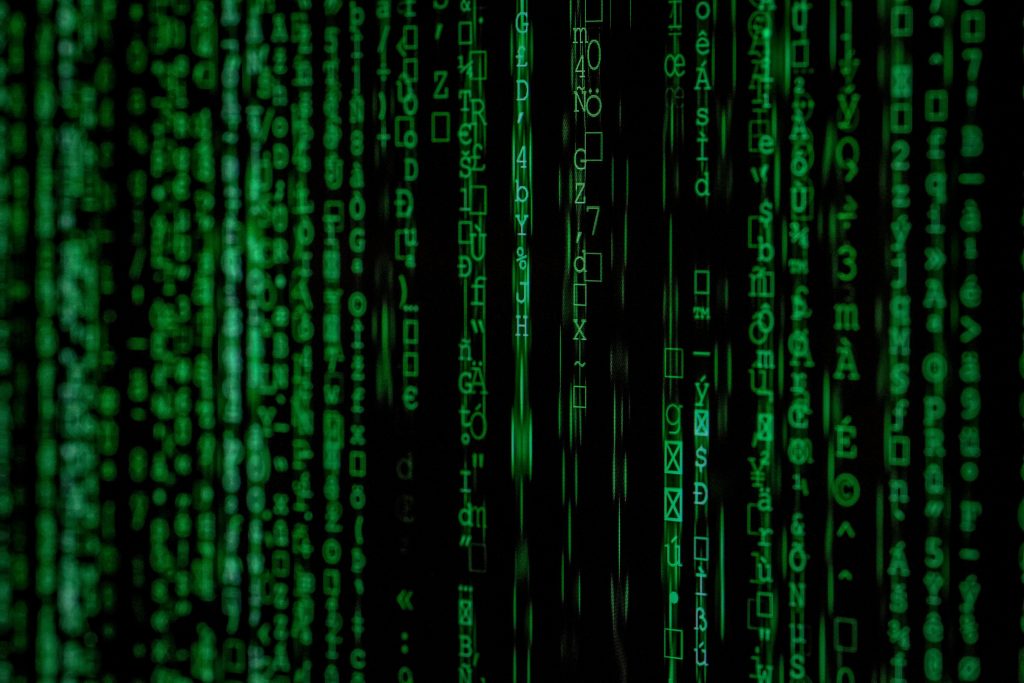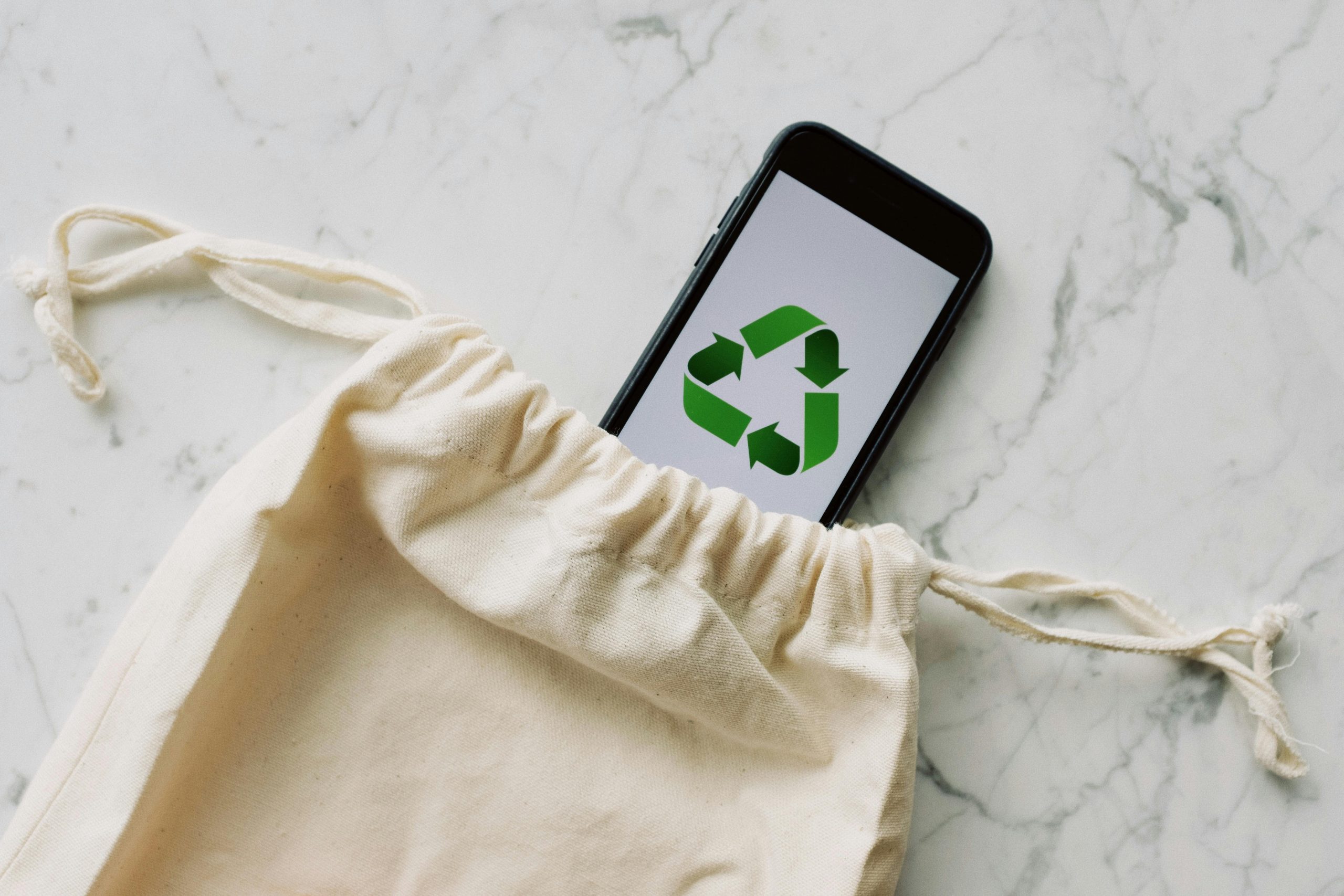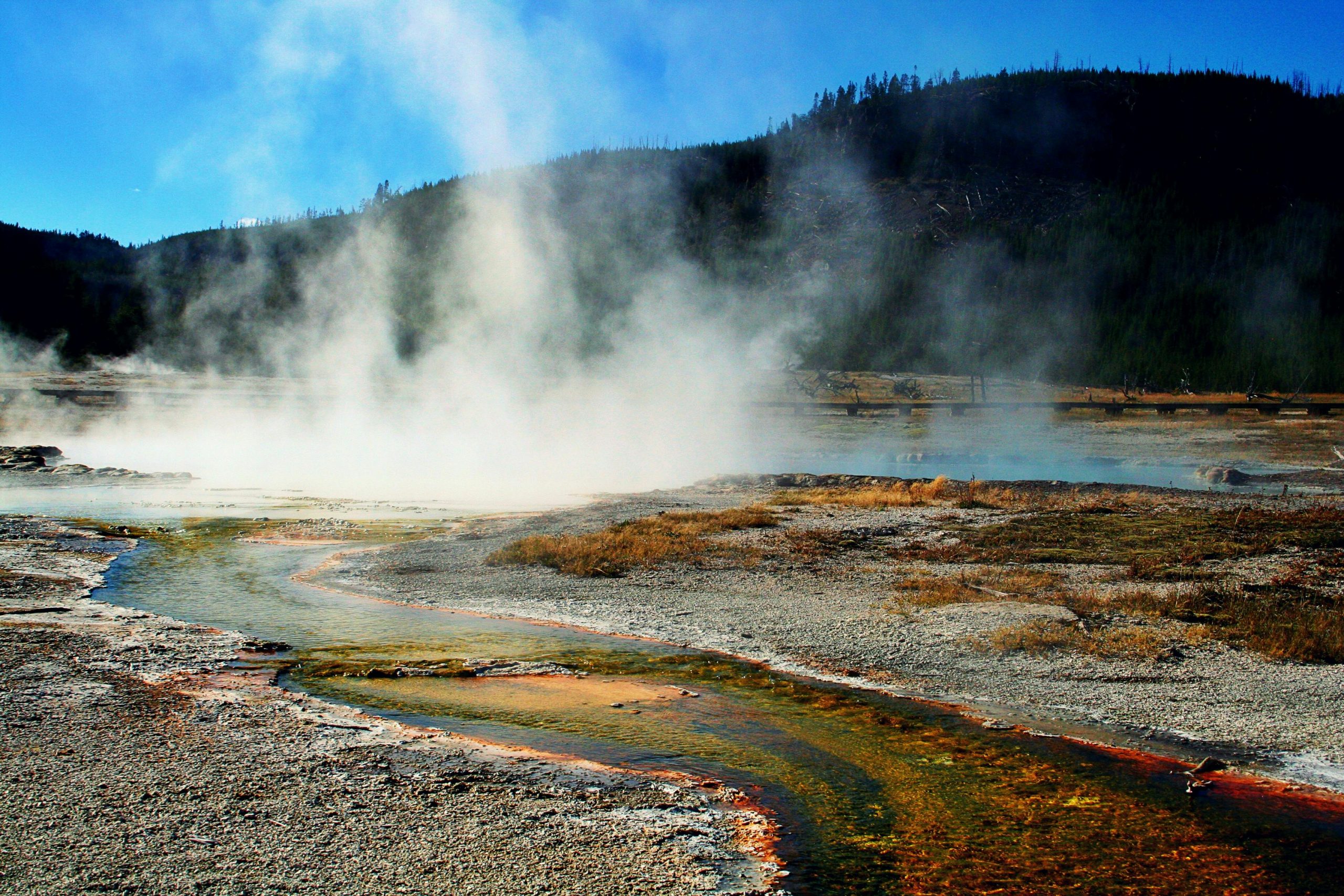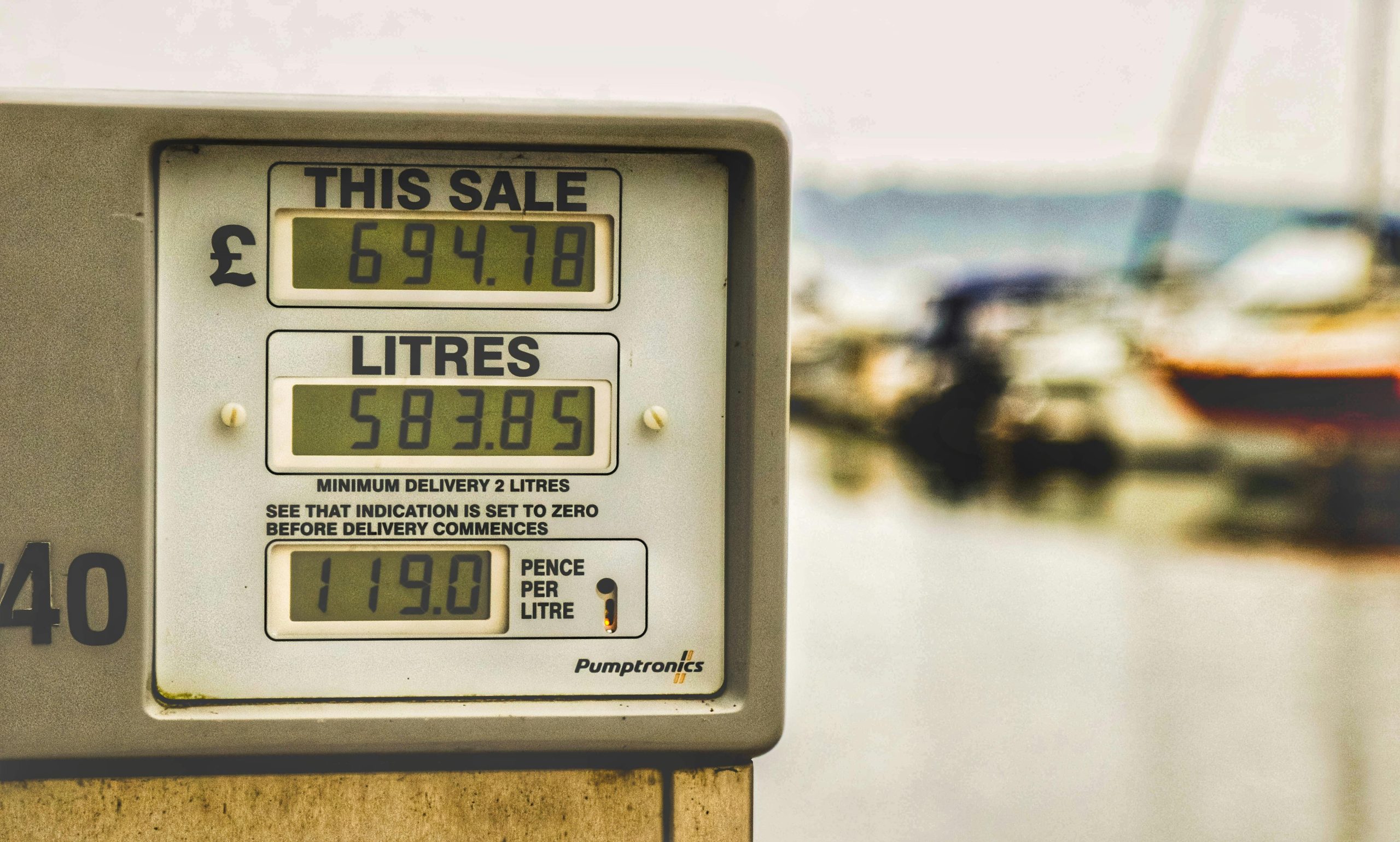AI-Powered Digital Twins: Revolutionizing Clean Energy in 2025
In the fast-evolving world of clean energy, staying ahead requires innovation and adaptability. Enter AI-powered digital twins—a cutting-edge technology that is reshaping the landscape of renewable energy. As we venture into 2025, these virtual replicas are unlocking new potentials, optimizing operations, reducing costs, and enhancing sustainability. What are they? The purpose of this article is to answer this question and demonstrate how these virtual models, when combined with artificial intelligence, are poised to transform the industry. A digital twin is a virtual model that accurately replicates a physical system, like a wind turbine or a solar farm, allowing engineers to monitor its performance in real-time.

Understanding AI-Powered Digital Twins in Clean Energy
Digital twins are virtual models that accurately replicate physical systems. When combined with AI, these digital twins can simulate, predict, and optimize the performance of assets. In the context of clean energy, digital twins can be applied to a variety of systems, including wind turbines, solar panels, and energy storage solutions.
Data Collection and Integration
AI-powered digital twins gather data from sensors embedded within physical assets. This real-time data is integrated into the digital model, ensuring it mirrors the physical counterpart accurately. Machine learning algorithms analyze this data, identifying patterns and predicting future outcomes.
Simulation and Optimization
Digital twins simulate different scenarios, allowing engineers to test and refine strategies without physical risks. For instance, a wind farm operator can simulate turbine placements to maximize efficiency and power output. By leveraging AI, these simulations become more accurate and insightful, leading to better decision-making.
The Impact of AI-Powered Digital Twins on Clean Energy Operations
Enhancing Efficiency
AI-powered digital twins improve efficiency by offering deep insights into system performance. For example, they can predict when a solar panel might fail and schedule maintenance proactively, reducing downtime and extending the asset’s lifespan.
Reducing Costs
By optimizing operations and maintenance, digital twins help cut costs significantly. Predictive maintenance, driven by AI insights, minimizes unexpected failures and associated expenses.
Boosting Sustainability
Digital twins enable energy systems to operate at peak efficiency, reducing waste and emissions. In 2025, this technology plays a crucial role in achieving global sustainability goals. For more on sustainability and renewable energy, check out this guide on sustainable living.
Real-World Examples of Digital Twins
Siemens Gamesa and Wind Energy
Siemens Gamesa, a leader in wind energy, utilizes AI-powered digital twins to enhance turbine performance. By simulating environmental conditions and operational scenarios, they optimize blade design and power output, contributing to more efficient and sustainable energy production.
GE Renewable Energy
GE Renewable Energy employs digital twins to monitor and manage their hydroelectric plants. These models simulate water flow and turbine operations, optimizing electricity generation and ensuring environmental compliance.
Recent Advancements in AI-Powered Digital Twin Technology (2025)
In 2025, digital twin technology has reached new heights with advancements in AI and IoT. A recent report highlights that the global digital twin market in energy is projected to grow exponentially, with a CAGR of over 35%. Governments and organizations worldwide are investing in digital twin solutions to meet renewable energy targets. The European Union, for instance, has launched initiatives to integrate digital twin technology across its energy infrastructure, aiming for a 50% increase in renewable energy production by 2030.
How to Implement Digital Twins in Clean Energy Projects
Step 1: Identify Objectives
Clearly define what you aim to achieve with digital twins. Whether it’s enhancing asset performance, reducing costs, or improving sustainability, having clear objectives will guide the implementation process.
Step 2: Choose the Right Tools
Select digital twin platforms that align with your objectives. Look for solutions offering robust AI capabilities and seamless integration with existing systems.
Step 3: Data Integration
Ensure comprehensive data collection and integration. High-quality, real-time data is the backbone of effective digital twins.
Step 4: Continuous Optimization
Leverage AI to continuously optimize your digital twin models. Regular updates and recalibrations ensure they remain accurate and effective.
Recommended Products for Digital Twin Integration
For those looking to explore this technology, here are some recommended products:
- Siemens Digital Industries Software: Offering comprehensive digital twin solutions tailored for renewable energy sectors. Find it on Amazon.
- GE Predix Platform: Designed for industrial IoT with strong capabilities in digital twin technology. Find it on Amazon.
Note: The links above are affiliate links, and we may earn a commission from qualifying purchases.
Conclusion: The Future of Clean Energy with AI
AI-powered digital twins are transforming the clean energy sector in unprecedented ways. By enhancing efficiency, reducing costs, and boosting sustainability, they are pivotal in advancing global renewable energy initiatives. As we embrace 2025, the role of digital twins will only grow, driving us closer to a sustainable, green future.
Join the conversation! Share your thoughts and experiences with AI-powered digital twins in the comments below. If you found this article insightful, please share it with your network.






